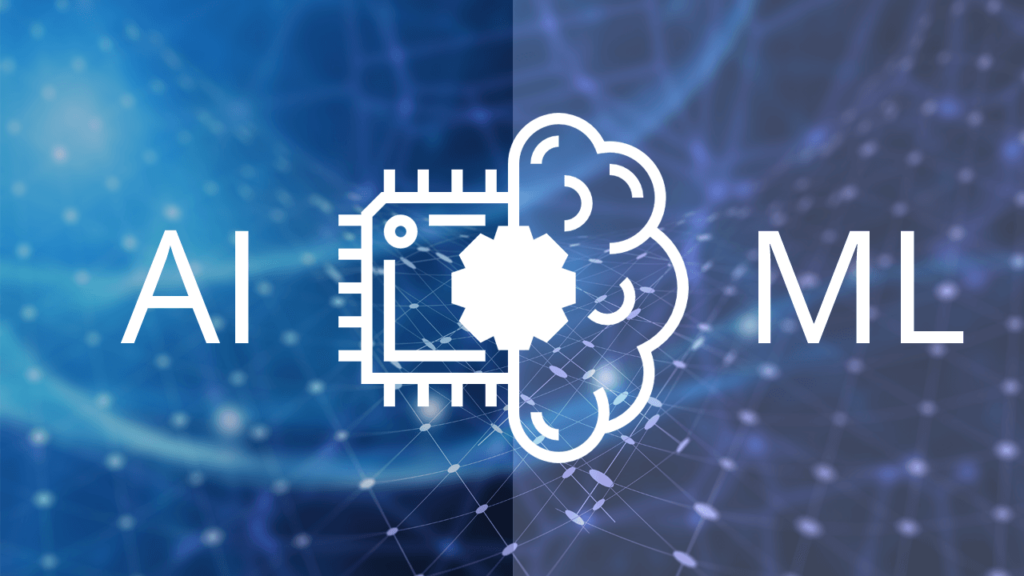I have been trying to learn about the latest technologies AI and ML. They seem like similar concepts that are hard to discern. So I thought I would read more to see what their key differences are.
These days, the terminologies machine learning (ML) and artificial intelligence (AI) are used interchangeably in big data, predictive analytics, and other data related concepts. Increasingly AI and ML products have proliferated as businesses use them to process and analyze immense volumes of data, drive better decision-making, and generate recommendations in real time. They both involve creating algorithms and systems that enable computers to perform complex tasks within seconds. Despite being similar in outlook, both the fields are built for different purposes.
What is AI?
AI is a broader concept that encompasses the idea of creating intelligent agents, systems, or machines that can perform tasks that usually require human intelligence. These tasks may include problem-solving, learning, planning, understanding natural language, perception, and decision-making. Some of the examples can be understanding and responding to spoken or written language, analyzing data, and making recommendations.
Moreover, AI includes various techniques, such as rule-based systems, expert systems, and search algorithms, among others, to simulate intelligence. In traditional AI systems, the knowledge and decision-making rules are usually pre-defined by human experts, and the system’s intelligence is limited to the knowledge encoded in these rules.
What is ML?
On the other hand, ML is a subset of AI that automatically enables a machine or system to learn from data. It uses algorithms to analyze large amounts of data, learn from the insights, and then make decisions. This program learns from running an algorithm on training data so when more data is used, the better the model performs.
Machine Learning is one of the techniques within AI, relying on statistical methods and mathematical models to enable computers to learn from data and improve their performance on tasks without explicit programming. These systems automatically learn and adapt as they process more and more data.
Key Differences between AI and ML
The following table lists down some of the major differences between AI and ML.
| AI | ML |
1 | AI allows a machine to simulate human intelligence to solve problems | ML allows a machine to learn autonomously from previous data |
2 | The goal is to develop an intelligent system that can perform complex tasks
| The goal is to build machines that can learn from data to increase the accuracy of the output |
3 | AI uses technologies in a system so that it mimics human decision-making
| ML uses self-learning algorithms to produce predictive models
|
4 | AI works with all types of data: structured, semi-structured, and unstructured | ML can only use structured and semi-structured data |
5 | AI systems use logic and decision trees to learn, reason, and self-correct | ML systems rely on statistical models to learn and can self-correct when provided with new data |
Conclusion
In summary, AI and ML are increasingly making their space in the tech world. AI is the overarching field that deals with creating intelligent systems, while Machine Learning is a subset of AI that focuses on enabling computers to learn from data and make decisions or predictions. Machine Learning has become increasingly popular and important in recent years due to its ability to efficiently process and learn from large amounts of data, which has led to significant advances in AI. In the fast paced world of today, understanding what both these technologies are and how they differ can help professionals and organizations build a competitive edge.

